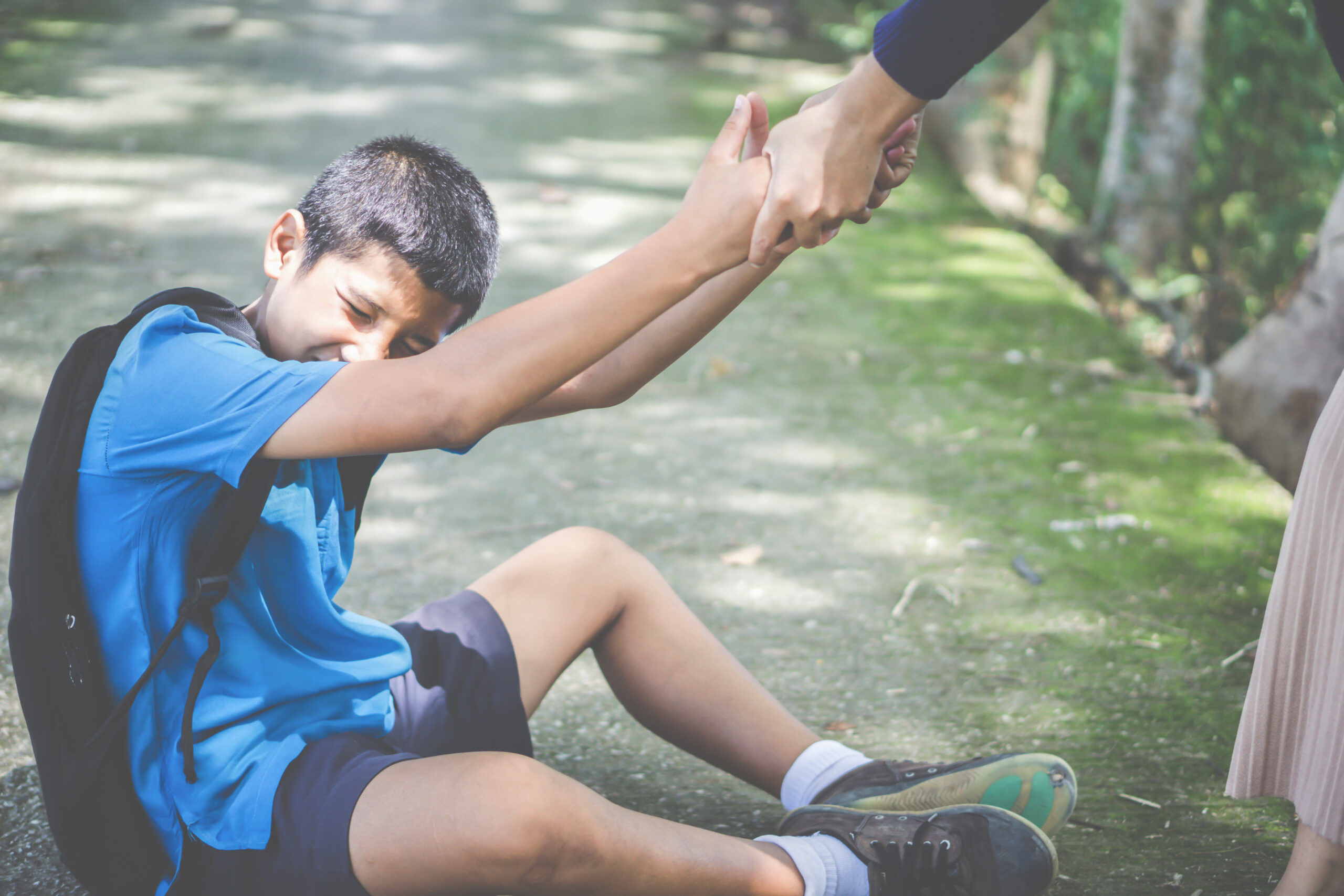
Share On Social!
For many kiddos, early June is the official start of summer vacation.
During this time, parents may breathe a sigh of relief – especially if their child suffers from school avoidance behavior.
Experts say this behavior is yet another complicated layer in America’s mental health crisis.
Let’s explore how school avoidance behavior presents in children, how COVID-19 worsened school avoidance behavior, and what resources are available for parents and educators.
What is School Avoidance Behavior?
School avoidance behavior is when a child refuses to attend school or has difficulty remaining in school the entire day, according to the School Avoidance Alliance.
School avoidant behavior may start with your child missing sporadic days at school and progress to a point where their school absences become a problem.
Certain factors – going to a particular class, the dread of homework, or presenting in front of the class – may trigger anxiety, depression, or related feelings that can lead to school avoidance behavior. The behavior may stem from anxiety disorders, learning issues, or childhood trauma.
“School avoidance/school refusal is not a clinical diagnosis. It is a symptom of an emotional disorder or other underlying issues which propels the avoidance,” according to the School Avoidance Alliance.
While up to 28% of children exhibit school avoidance behavior at some time in their lives, there is no concrete way to identify it. But it may look like:

- Absenteeism from school
- Going to school but leaving during the day or escaping to the nurse’s office
- Going to school, but only after crying, hiding, having an outburst, or refusing to move
- Having unusual distress about going to school and begging not to go back
“When the school avoidance behavior goes on for 1.5 – 2 weeks, it’s time [for schools] to reach out to the family to see how you can help,” according to the School Avoidance Alliance.
Impacts of School Avoidance Behavior
School avoidance behavior can negatively impact children’s relationships with family, friends, and educators. It can even disrupt social development and affect their ability to graduate and have a successful future.
With these negative impacts in mind, it’s no wonder why parents often turn to their child’s school for support, but the support isn’t always there.
Schools across America are vastly underfunded, and many educational professionals are overwhelmed and/or might not know how to help children with school avoidance behavior.
As a result, schools might jump to disciplining children for missing school.
But these disciplinary actions may further fuel school avoidance behavior, leaving parents feeling hopeless.
“There’s shame, blame, and parents also don’t know how to deal with the schools,” Jayne Demsky, founder of the School Avoidance Alliance, told USA Today. “It’s a huge maze.”
How COVID-19 Worsened School Avoidance Behavior
The COVID-19 pandemic significantly worsened America’s mental health crisis, which was well-documented in people of all ages and backgrounds prior to the pandemic.
As a result, mental health providers are stretched thinner than ever.
“Our waiting list is like 180 families right now,” Jonathan Dalton, a licensed psychologist with experience treating school avoidance behavior, told USA Today. “The mental health infrastructure was never designed for this level of need.”
The pandemic also forced many children to switch to online learning for months to years at a time, allowing children to become accustomed to learning and socializing virtually in the comfort of their own home.
Further, some parents continue to work a hybrid or fully remote job, which may make staying home from school more enticing for children.
Other Factors that Can Cause School Avoidance Behavior
Beyond COVID-19, there’s other tragic factors that may contribute to school avoidance behavior, especially for Latino and other children of color.
Across the nation, over half of US Latino and Black children suffer at least one adverse childhood experience (ACE), such as abuse, divorce, or parental incarceration, according to Child Trends.
ACEs can impact a child’s brain, body, behavior, and school performance.
Diana Anzaldua, who is now a licensed clinical social worker and trauma-resilient therapist, suffered from ACEs as a child. She now recognizes that ACEs caused her young brain to work in “survival mode,” making school seem insignificant given the trauma she was trying to process.
Further, gun violence at US schools is an increasing concern, especially after the Robb Elementary School shooting in Uvalde, Texas in 2022.
Uvalde, a prominently Latino city, is deeply scarred by this tragic event. Many parents and children have understandably opted for remote learning due to school safety concerns.
Resources for School Avoidance Behavior
Attending school in person certainly has developmental benefits for children, but parents and caregivers must do what they feel is best for their child – especially if their child has been traumatized.
Nevertheless, using avoidance as a coping strategy is not necessarily helpful for children, as it can become the primary way of dealing with problems for the rest for their lives, Demsky told USA Today.
If parents and caregivers want their child to attend school in person, the School Avoidance Alliance has many resources to help achieve this goal, including information on the basics of school avoidance behavior, expert videos, and an ultimate guide to working with your child’s school.
Educators can also help by learning the facts on school avoidance behavior, the difference between school avoidance behavior and truancy, how to partner with parents, and how to intervene when a child is struggling with school avoidance.
More School Avoidance Alliance resources.
Helping Children Who Experience Traumatic Events
Children who have been traumatized face a burden of stress that can interfere with their behavior and grades.
You can help schools support traumatized children by downloading the free Salud America! “Handle With Care Action Pack.”
The Action Pack helps police, school, and mental healthcare leaders start the Handle with Care program, in which police notify schools when they encounter children at a traumatic scene, so schools can provide support right away – even if school is out for summer.
Explore More:
Mental HealthBy The Numbers
142
Percent
Expected rise in Latino cancer cases in coming years



